Glue up your spreadsheets, that is.
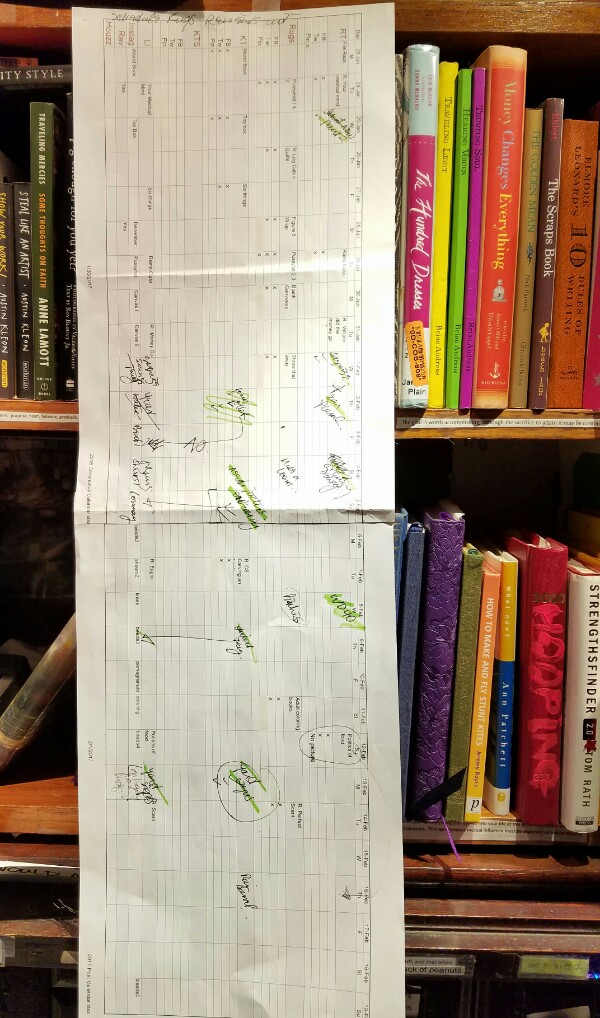
You see things differently when it’s all on one page.
Glue sticks. Simple product, magic effects. How did we ever manage before they were invented? (For that matter, do you remember life before post-it notes? You can even buy post-it note glue sticks…)
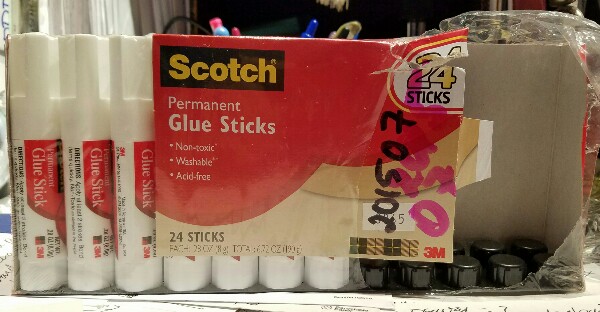
Warehouse store box of glue sticks so I never run out.
A boatload of years ago, before the internet but after spreadsheets were invented, I worked on two huge bid packages for one of the computer processing giants. We wanted to manage parking operations. Both cities are huge; massive infrastructure needed; lots of moving parts.
One of my co-workers insisted that he could look at spreadsheets printed across sheets of paper and understand everything that was going on. He was wrong. He did not understand the scope of the project. (Neither did one of the cities, for that matter. They had underestimated the work by roughly $14M. When they saw our spreadsheet, glued up (before the internet, remember), they went back to their drawing board. We found more moving parts in their operations than they realized they had.)
(There’s something to be said for not printing, I understand, but there’s also risk in not looking closely enough to see what’s going on in the moving parts.)
Glue up your spreadsheets. You see information differently when you don’t have to turn the page.
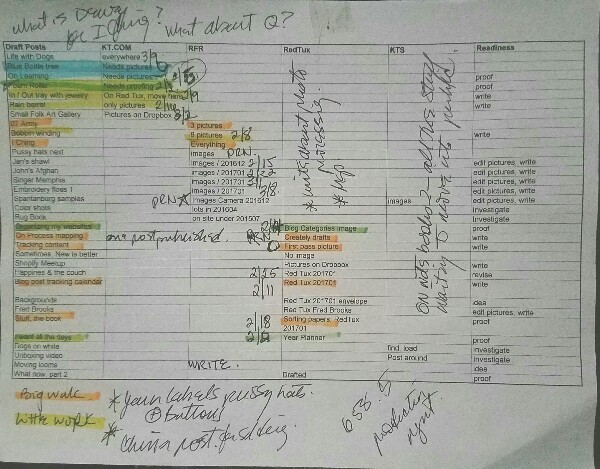
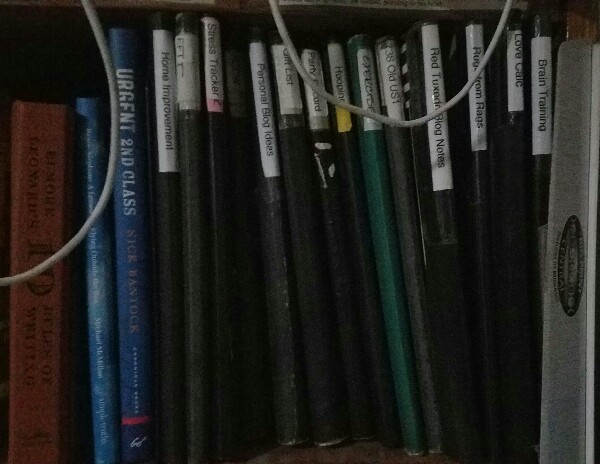
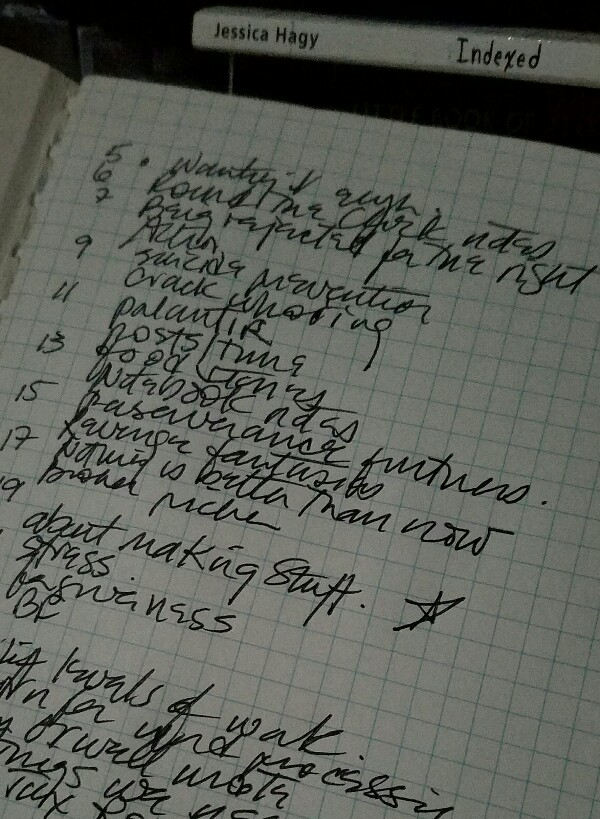
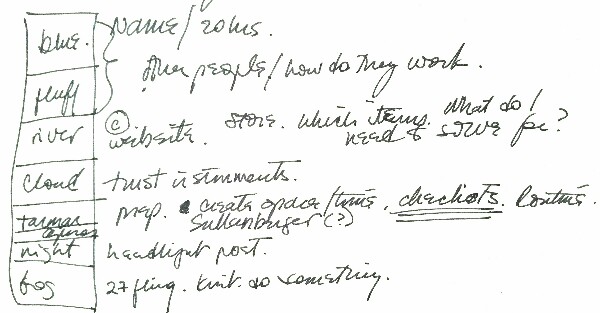
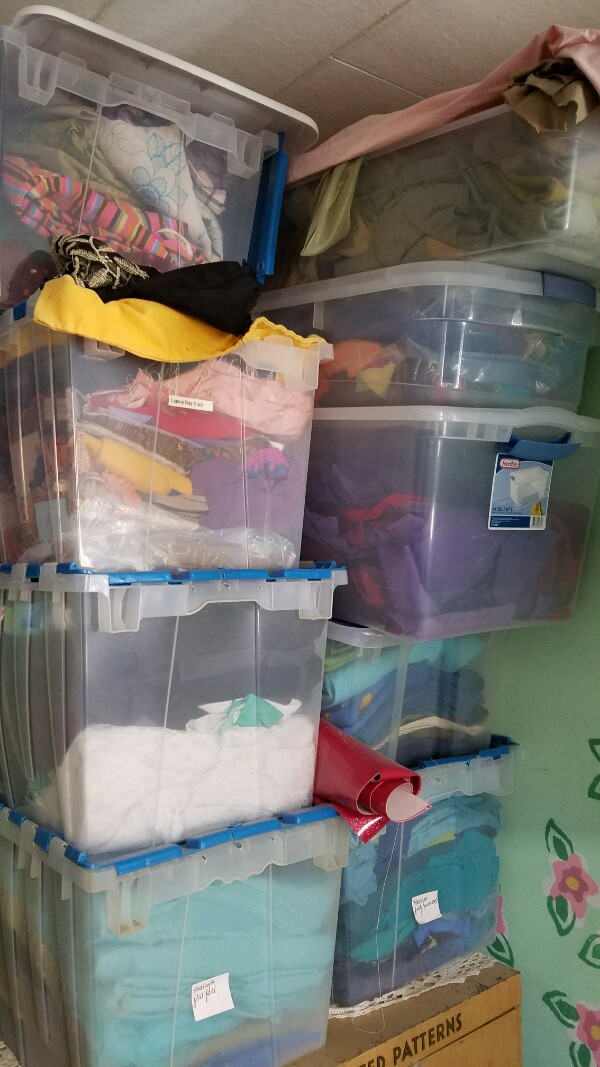







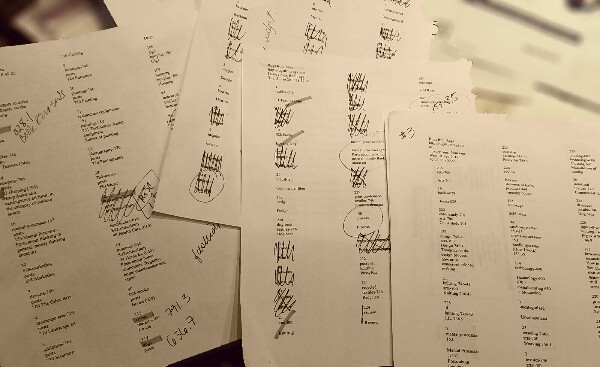
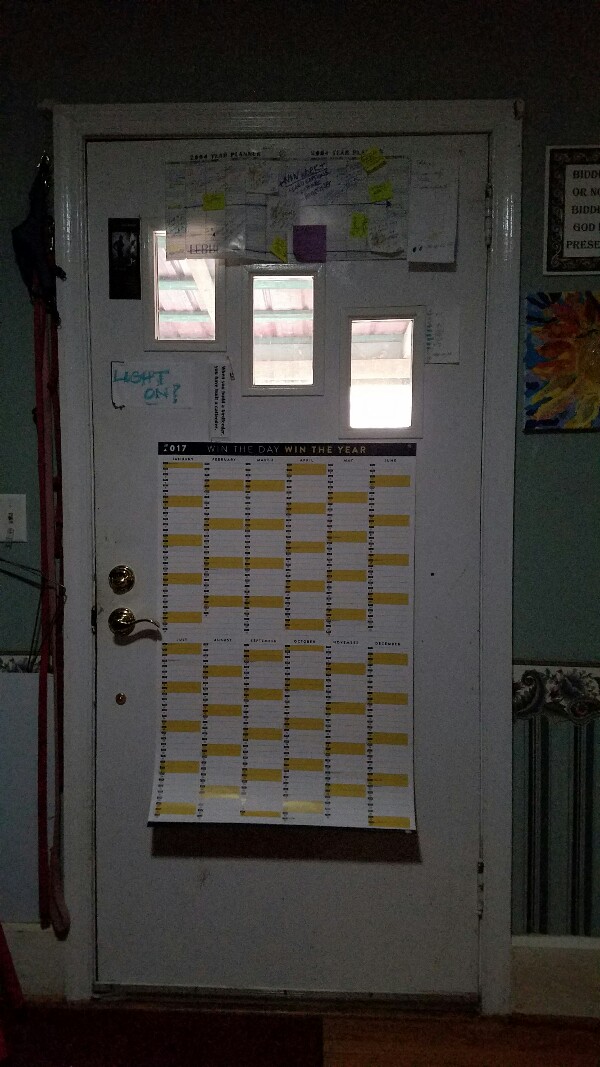




Follow Us!